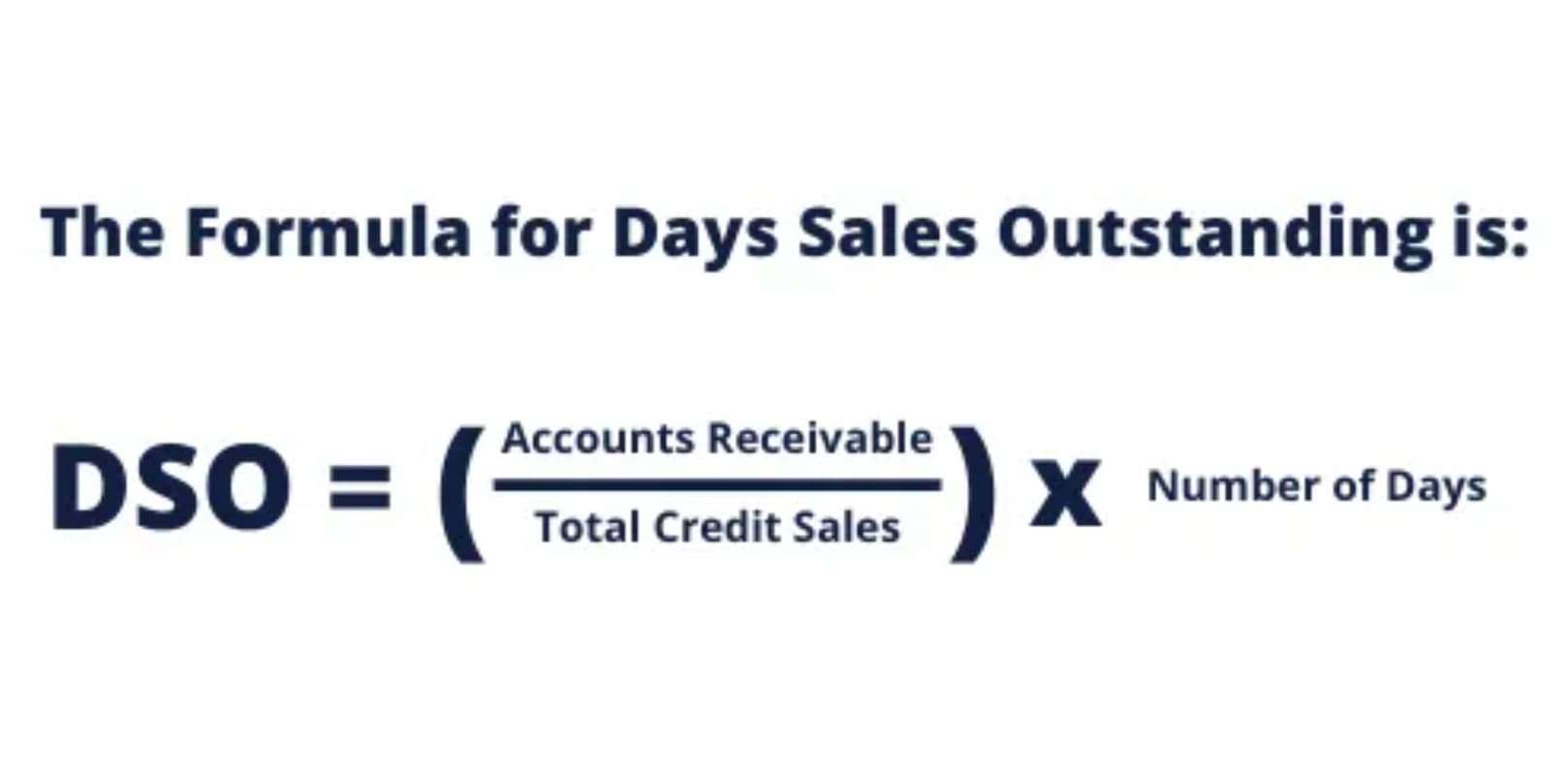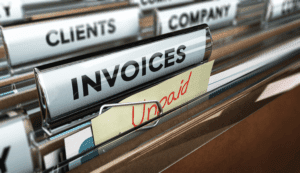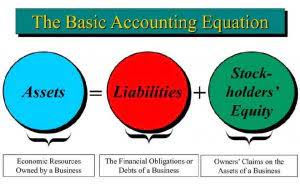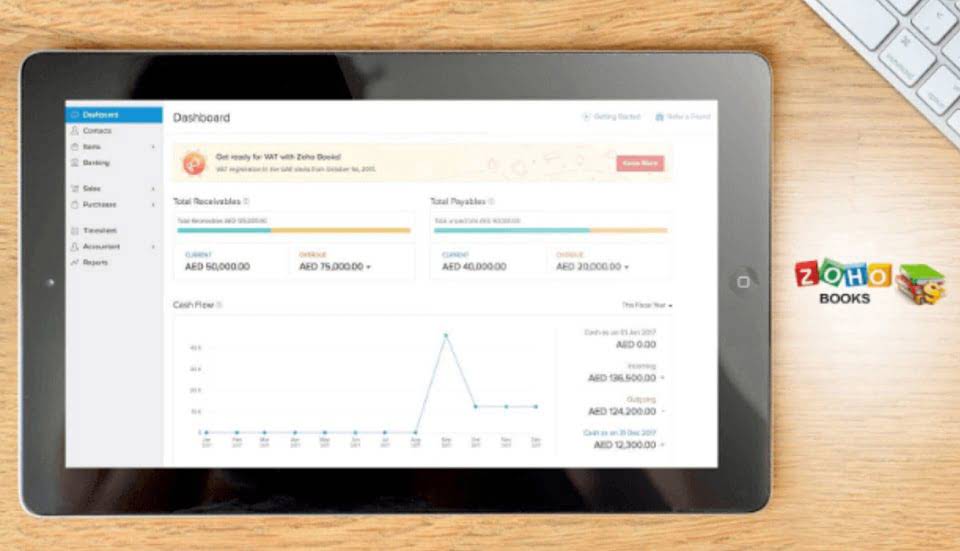
For example, a retailer may offer higher discounts during the holiday season to encourage early payments and improve cash reserves before the year-end. Seasonal discounts can be a strategic tool to manage inventory and cash flow effectively. Early payment discounts can be a powerful tool for businesses looking to optimize cash flow and strengthen relationships with their customers.
Download our guide “Preparing Your AP Department For The Future”
- Because early payment discounts are optional for your customers, they’re not always a reliable way to boost cash flow.
- Enhance cash flow, eliminate manual tasks, and ensure timely, accurate payments.
- Businesses can improve their cash flow by offering a discount to customers who pay their bills early.
- When the customer pays, it’s time to reverse the entry by creating a second journal entry.
- As a result of the above transaction, the outstanding amount of accounts receivable is reduced by increasing the aggregate value of cash and sales discount.
- Chocolobster Ltd. is a leading manufacturer of frozen, pre-made chocolate-covered seafood dishes, which are sold in specialty grocers across the Eastern Seaboard.
Understanding how to navigate these adjustments is essential for maintaining accurate books and providing clear financial insights. We are committed to being the gym bookkeeping best working capital option to our customers as we look for ways to better serve them every day. Late payments are a major challenge for businesses worldwide, increasing financial uncertainty and… To learn more about how Chaser can revolutionise your approach to credit control, sign up for your 10-day free trial today. There’s usually a generally acceptable set of discount terms for each particular industry. Consider how vendor-customer relationships usually work in your industry before beginning the negotiation process.

Accounts Receivable Solutions

Some early payment programs offer additional products that give you more control over your rates and discounts. Imagine Chocolobster Ltd. has supplied a small grocery chain, Good Eats, with a substantial order that totals $23,120. This means that Good Eats is early pay discount accounting entitled to a 2% discount if they pay the invoice within 10 days; otherwise, the full amount is due within 30 days. This means that if the buyer pays the invoice within 10 days, they can deduct 2% from the total amount owed; otherwise, the full invoice amount is due in 30 days. With early payment discounts, timing is essential, and therefore companies strive to implement automation solutions to streamline invoice processing.
Drawbacks of early payment discounts
- For instance, a supplier might offer a 5% discount on orders exceeding a certain quantity.
- The goal of offering early payment discounts is to accelerate the payment process.
- Negotiations over EPD can be initiated by any of the two parties, both of which can benefit from it.
- By offering discounts to customers, businesses can reduce their collections and increase the cash coming into their business.
- It’s essential that the terms of the discount are clearly outlined in the contract, specifying the discount percentage, the time frame in which it applies, and any conditions that must be met.
- For instance, a supplier might offer a discount if the buyer commits to purchasing a certain volume of goods or services within a given period.
Plus, automated invoice approval makes approvals quick and easy – making approving managers happy. A/P One is a cloud-based SaaS AP automation https://butterflytrampolinekharadi.com/common-journal-entries-for-notes-payable-and-bonds/ solution specifically tailored for smaller companies (starting at 250 invoices per month). Money saved through discounts can be redirected into other areas of the business, such as innovation, hiring, or technology upgrades, enabling greater agility and competitiveness. Multiply the invoice amount by the discount rate to find the discount value.
Turn Your Outstanding Invoices Into Cash

With AP automation your company will save time and money AND qualify for early payment discounts. Schedule payments to process automatically as soon as an invoice is approved. This strategy ensures payments are consistently made within the discount period, preventing missed opportunities due to manual delays or oversight. Automated payment scheduling helps maintain consistency and avoid last-minute bottlenecks.
- To comply with the cost principle the company will debit Purchases (or Inventory) for $28,000 and will credit Accounts Payable for $28,000.
- Some companies just don’t have the funds available to make those quick payments, or they need that cash for other business activities like payroll or tax installments.
- Early payment discounts allow suppliers to get paid sooner -which allows them to reinvest that cash sooner.
- As discounts encourage prompt payment, the likelihood of accounts becoming uncollectible may decrease, potentially allowing a business to reduce its allowance for doubtful accounts.
- If they do not pay within the first 10 days, then the full invoice payment is due within 45 days.




